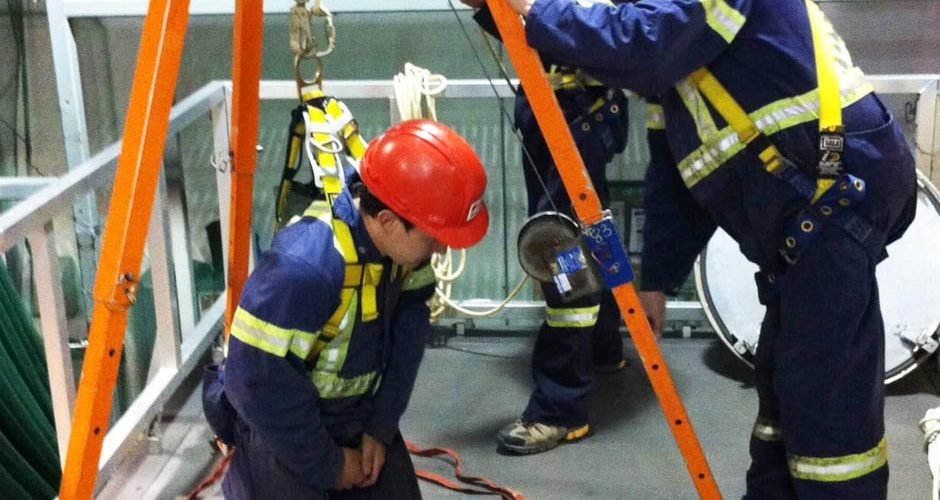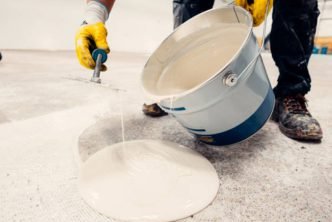Confined spaces can be found in various workplaces, from construction sites and manufacturing facilities to utility tunnels and underground storage tanks. These areas pose potential risks to workers due to limited access, poor ventilation, and exposure to hazardous substances.
To keep workers safe, it is important to give them the right confined space training. This article will discuss five essential things to do about confined space training.
Table of Contents
1. Recognize Hazards
As the first important step in confined space training, finding potential dangers in space is a must. To begin, you should know what a confined space is. It is a place that was not meant to be occupied all the time, which makes it dangerous.
To spot problems with the air quality, use gas detectors to look for harmful gases like carbon monoxide or low oxygen levels. Assess the space for physical hazards, such as electrical wiring or uneven surfaces. Also, keep an eye out for risks of engulfment, such as liquids or solids that flow freely and could trap workers.
2. Communicate with Attendants Beyond the Space
Setting up a strong way for workers inside and attendants outside to talk to each other is essential for making sure everyone is safe. Before entering, communicate entry plans, expected timelines, and emergency procedures with attendants outside the confined space.
To stay in touch, use reliable communication tools like two-way radios. Also, try to develop a clear set of codes or signals that can be used to send important messages quickly. Stress how important it is to act right away in emergencies, like when a worker gets sick, or an unexpected danger appears.
Remember, regularly practice communication protocols through simulations or drills to enhance responsiveness during real-life situations.
3. Use Appropriate PPE and Instruments
If there are hazards, make sure everyone has PPE before entering a confined space. Teach workers how to use and care for their tools properly to get the most out of them. Additionally, provides specialized instruments like gas detectors, atmospheric monitors, and harnesses to enhance safety measures.
If you need to, stress how important it is for workers to always and correctly wear PPE. This will help build a safety culture among them.
4. Know Self-Rescue Techniques
Despite meticulous planning, unforeseen circumstances can arise, making self-rescue knowledge indispensable. With that in mind, train workers on procedures to extricate themselves if needed, focusing on maintaining calm under pressure.
Also, educate workers on using personal escape equipment, such as retrieval lines or tripods, to facilitate self-rescue. Emphasize the importance of staying connected to a secure anchor point to prevent further complications. Regular drills and simulations can help reinforce self-rescue skills, promoting quick and effective emergency response.
5. Documentation and Record-Keeping
Before entry, create a comprehensive entry plan outlining the tasks, potential hazards, and safety procedures. Document the results of pre-entry assessments, including air quality tests and hazard identifications. This serves as a roadmap for workers and a reference point for future entries.
During work inside a confined space, maintain a log detailing activities, observations, and deviations from the initial plan. This real-time documentation aids in monitoring conditions and facilitates a smooth handover if there is a shift change. It also provides valuable information for emergency responders if needed.
After completing the work, document the post-entry activities, including any incidents, injuries, or near-misses. This post-entry documentation contributes to a continuous improvement cycle, allowing organizations to refine their safety procedures based on experience.
Be Proactive in Confined Space Safety
The commitment to proactive measures not only mitigates risks but also contributes to ongoing learning and improvement. As you prioritize safety, you collectively create environments that empower workers and protect lives.





